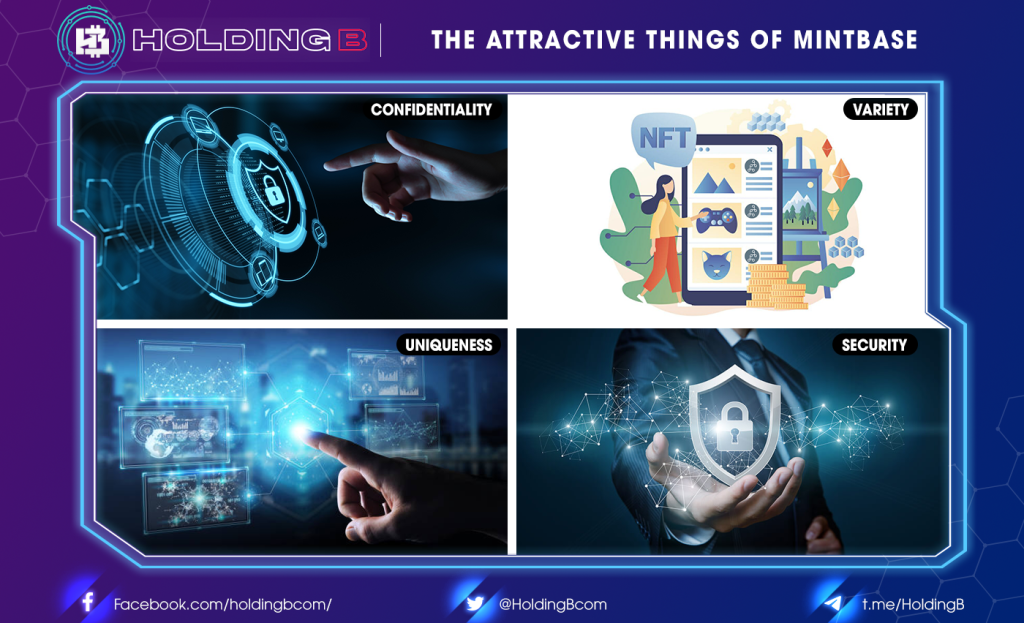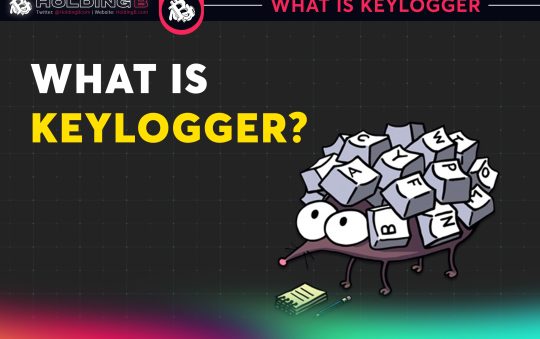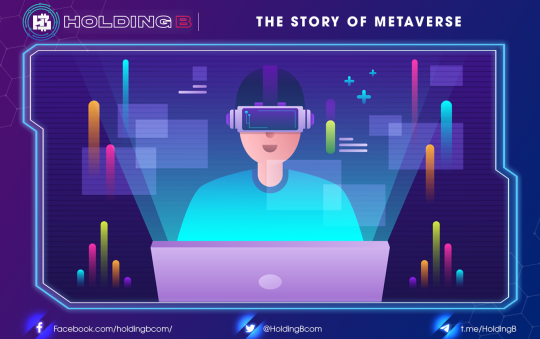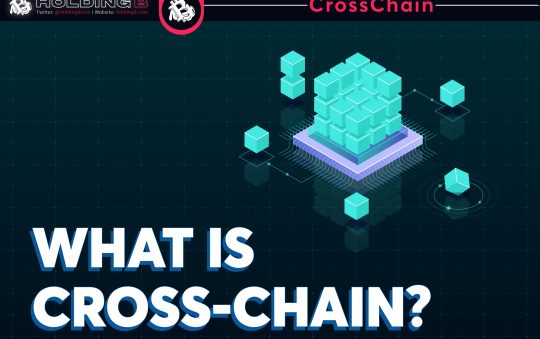We may have seen a significant development of blockchain by 2021. The rise of NFT was one of the factors that drew users’ attention to this technology.
In this market, you’ve probably seen a lot of interesting and surprising things. You’ve probably heard about Beeple’s artwork selling for a record-breaking $69 million at Christie’s and Jack Dorsey’s tweets being sold as NFTs for $2 million. It can be said that the NFT fever has exploded in the future, with total sales exceeding $1.2 billion. And, in order to keep up with the NFT craze, there are now a slew of apps that enable NFT trading.
In this article, I’ll introduce you to Mintbase – The first NFT selling fair on NEAR protocol, a well-known application for exchanging and trading NFTs.
What exactly is Mintbase?
You can think of Mintbase as a marketplace where users can create and sell digital assets backed by NFTs. Tickets to events, songs, photos, and any other form of crypto art can be used as assets.
This project runs on the NEAR Protocol, a layer one blockchain scaling solution with high transaction speed and low cost. It is seen as a leverage to promote the market. NFT is a rapidly expanding school.
The attractive things of Mintbase

Confidentiality
Silent auctions are commonly used by charities and non-profit organizations to raise funds. The money raised will go to a nonprofit or charity. These auctions can raise thousands of dollars for organizations and get sponsors and attendees excited about the cause if they are successful.
In Mintbase, people bidding on the same NFT won’t know what the other people paid for it, and whoever bids the most gets the item, so the participants are also excited about the method of bringing the NFT.
Variety
Mintbase differs from its competitors in that it is primarily focused on developing diverse experiences, and it has developed unique and diverse NFTs
- Tokens spawned
When a miner passes a spawn token to another party, that party can use the one-of-a-kind token to generate more tokens. The original miner will decide on the amount.
The goal of tokenization is to make it easier for brands and businesses using the Mintbase platform to generate tokens to market their events or services in a natural and easy way
- Tokens that self-destructs
This token will self-destruct after a set period of time has passed since it was distributed, meaning it will be removed from the owner’s wallet via a series of blockchain-based protocols.
- Tokens with embedded value
You can see how the minter can take unused tokens and use them elsewhere with embedded value tokens.
The goal is to avoid wasting tokens and to allow businesses and brands to use those tokens to reward their loyal customers.
Uniqueness
Any brand can create rewards programs on their smart contract using Mintbase. This saves a lot of money and is effective because reward programs are often difficult to organize, such as when many customers are unable to access their reward points because they do not use the brand’s communication channels. unsatisfactory experience
On their smart contracts, issuers can also limit the transferability of tokens to prevent the sale of used tokens at inflated prices, making users more trustworthy.
In the not-too-distant future, ticket buyers will benefit from lower credit card fees if they use blockchains to conduct their transactions, which incentivize everyone to participate.
Security
Because Mintbase can prevent fraud, using it to generate NFTs will keep ticket sellers and buyers safe. Issuers can track their tickets without invading the privacy of the ticket’s owner.
The competition of Mintbase on NEAR- Paras
When it comes to Paras, we can see that, despite being a competitor of Mintbase, its presence has aided the development of NFTs in the coming years.
Early in 2021, the demand for NFTs exploded, and supply was already in short supply. The high demand for cyberspace has increased the cost of Ethereum-based NFT markets. Many new NFT creators and traders have been concerned about the situation and have devised strategies to address it. Paras is bringing the NFT experience to everyone who is currently struggling with their creative work, thanks to Near s fast, simple, and low-cost technology.
When comparing NEAR and Paras, however, we can see that Paras has stricter censorship than NEAR.
You must be a whitelisted artist in order to create tokens and sell NFTs on the Paras NFT Marketplace. Each week, the Paras Team will only review 30 new artists who have been carefully chosen by the team to ensure the final product’s quality.
It’s not like Mintbase NFT marketplaces, which allows anyone to set up a store and sell NFTs for a small fee. Paras’ primary goal is to find high-value artwork for communities.
Paras chose this format because most marketplaces, particularly those based on Ethereum, allow users to post anything to social media, which appears to result in low-quality products.
See ya in the next article !
Don’t forget to follow useful articles about Crypto Market from team Holding B !!!
- Telegram Channel: https://t.me/HoldingBcom
- Telegram Group: https://t.me/HoldingB
- Website: https://holdingb.com/
- Twitter: https://twitter.com/HoldingBcom
- Facebook: https://www.facebook.com/holdingbcom





